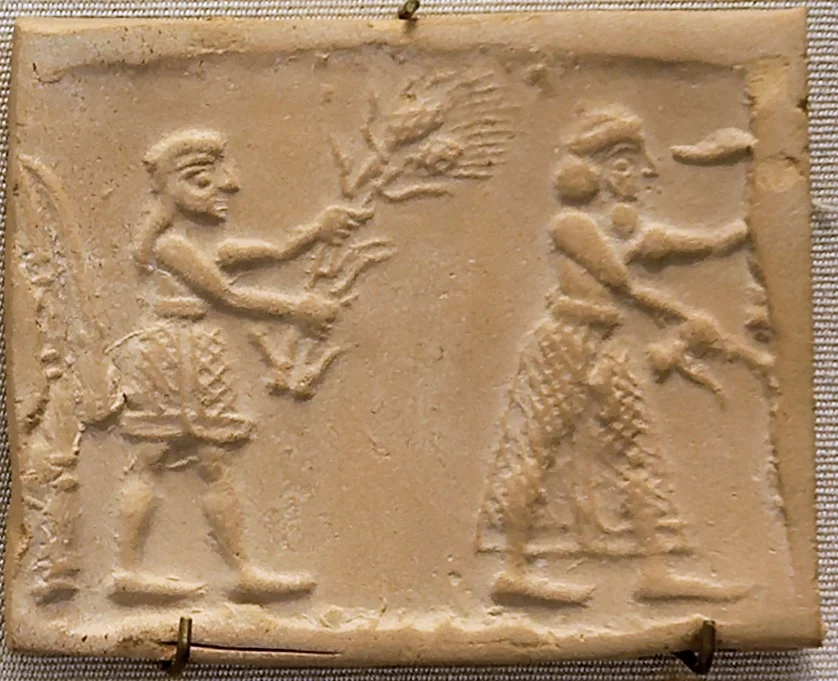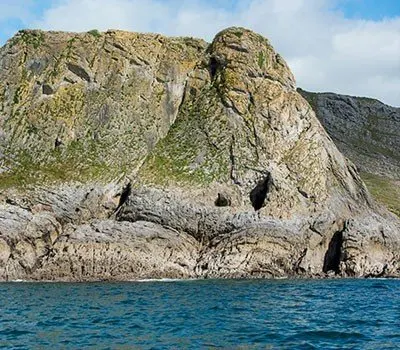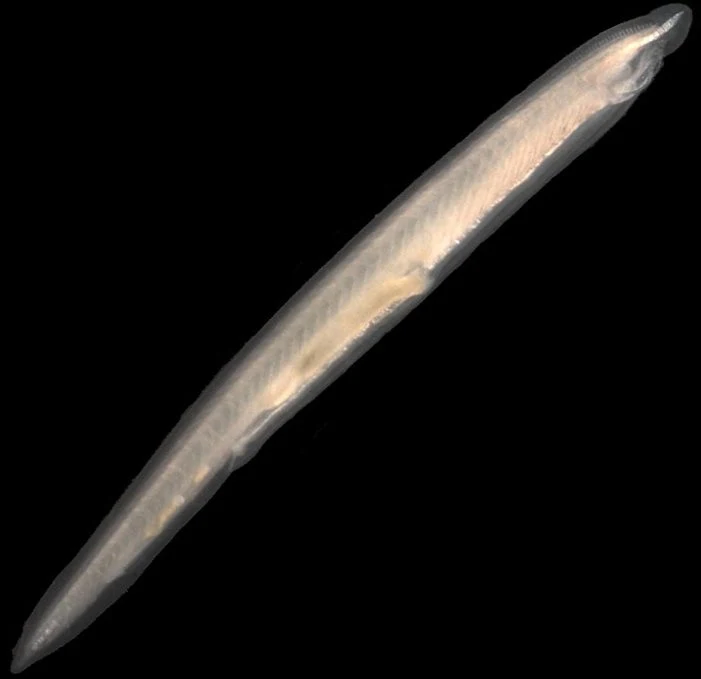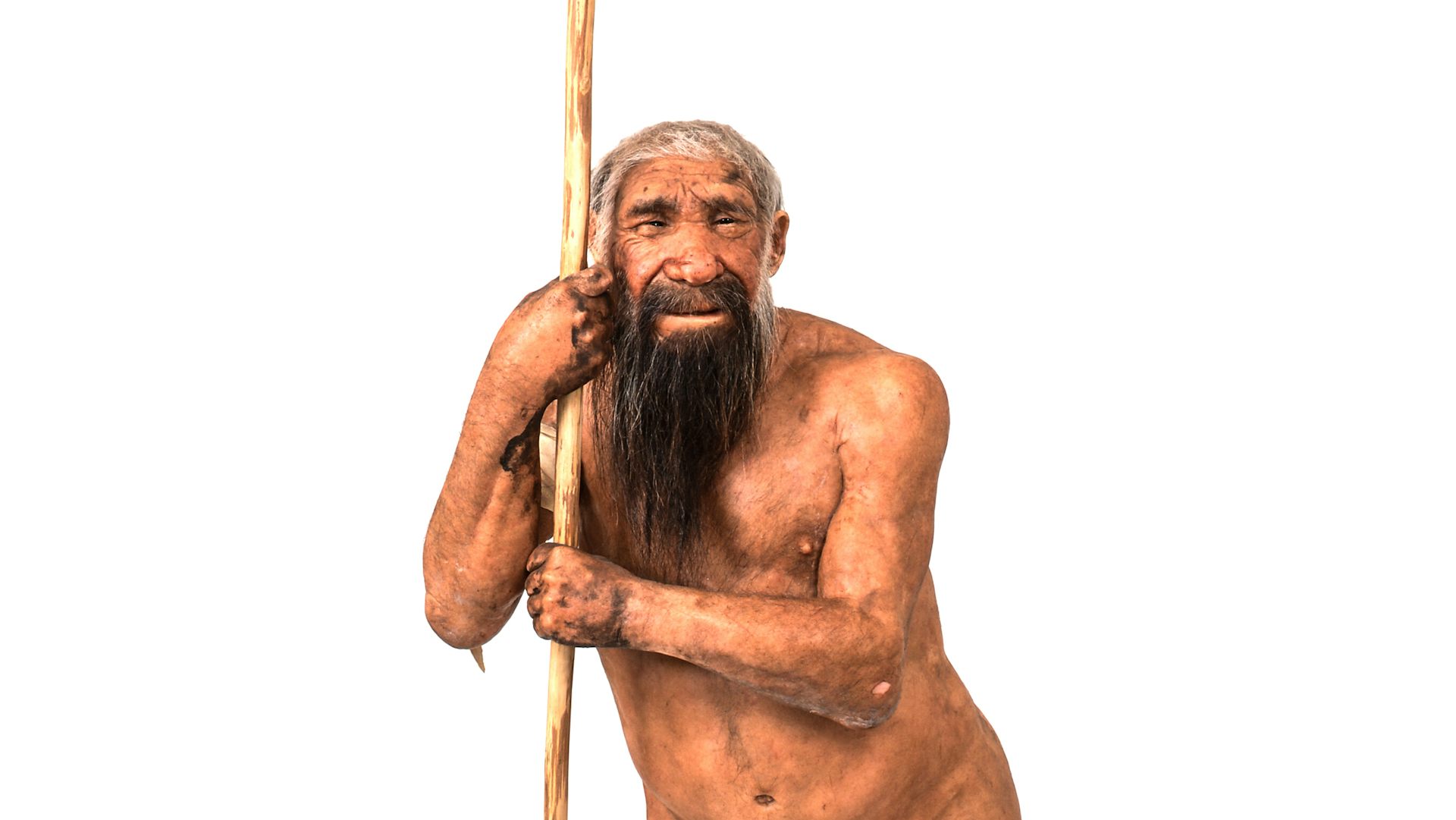Religious Abuse
How Religion Deprives Children of Their Human Rights
in Northern Ireland

Political divide in Northern Ireland
Reports recently submitted to the United Nations Committee on the Rights of the Child (UNCRC) by the Northern Ireland based child rights advocacy group, The Children's Law Center (CLC) demonstrate how religion continues to poisoning community relations, maintain divisions and hostility and deprive people of basic human rights, in Northern Ireland.
Despite years of progress following the end of the 'troubles' with the 'Good Friday' Belfast Agreement and the establishment of a power-sharing executive to administer devolved political power, the major source of intercommunal tension continues to be religion. The single most important barrier to the removal of religion as a source of hostility is the
de facto segregation of primary and secondary education because of the insistence by the main Christian churches that they are not only influential in, but have control of education.
Despite a poll in 2012 which showed that 71% of the people of Northern Ireland believe an integrated education system should be the "primary model for the education system" and a 2016 UNCRC recommendation that Northern Ireland "actively promote a fully integrated education system" to facilitate "social integration, 93% of children in the province still attend faith schools while the few fully integrated schools can't meet the demand. In effect, parents have no choice but to send their children to be indoctrinated into one or other of two mutually hostile camps.
In 2016, the UNCRC also recommended ending the legally mandated collective worship in Northern Ireland schools where, unlike in England and Wales, even children over the age of 16 have no right to withdraw themselves from collective worship. Last year the High Court in Northern Ireland agreed that this situation is incompatible with the European Convention on Human Rights. Although parents can withdraw their children from collective worship, the process is often difficult, and children rarely receive an alternative period of equal educational value. Children are also required to reveal details of their beliefs, in violation of their right to privacy, and often face stigmatisation and prejudice.
As part of their religious education syllabus, faith schools are permitted to include their religion's orthodox teaching on relationships and sex education, leaving LGBTQ+ students feeling that they are the victims of homophobic bullying and demonisation, again in violation of their basic human rights.
There is no requirement for Northern Ireland's schools to teach evolution in science class and, unlike in England, where state-funded schools are forbidden from teaching scientifically discredited superstitions like creationism and intelligent design as science, no such bar exists in Northern Ireland where creationism in its various forms can be presented to children as a valid alternative to the scientific view, and the Christian Bible can be taught as real science and history.
Indeed, the state is complicit in misleading children and depriving them of a sound, evidence-based education, or an objective view of religions, because schools are required to teach RE "based on the holy scriptures", with the syllabus designed by the "four main Christian churches", without non-religious, or non-Christian input. Religions besides Christianity are described as "other religions", illustrating Christianity's privileged position. There is no provision to objectively evaluate the claims of the various religions or make an meaningful comparison between them and the non-religious view of the world.
Despite the diminishing role and influence of religion in both the Republic of Ireland and the United Kingdom, religion continues to hold sway in Northern Ireland, and in doing so, continues to foment and encourage intercommunal tension and strife while pretending to be peacemakers. Clearly, the interests of the priests and the churches is paramount and the interests of the people comes way down the list of priorities.
























